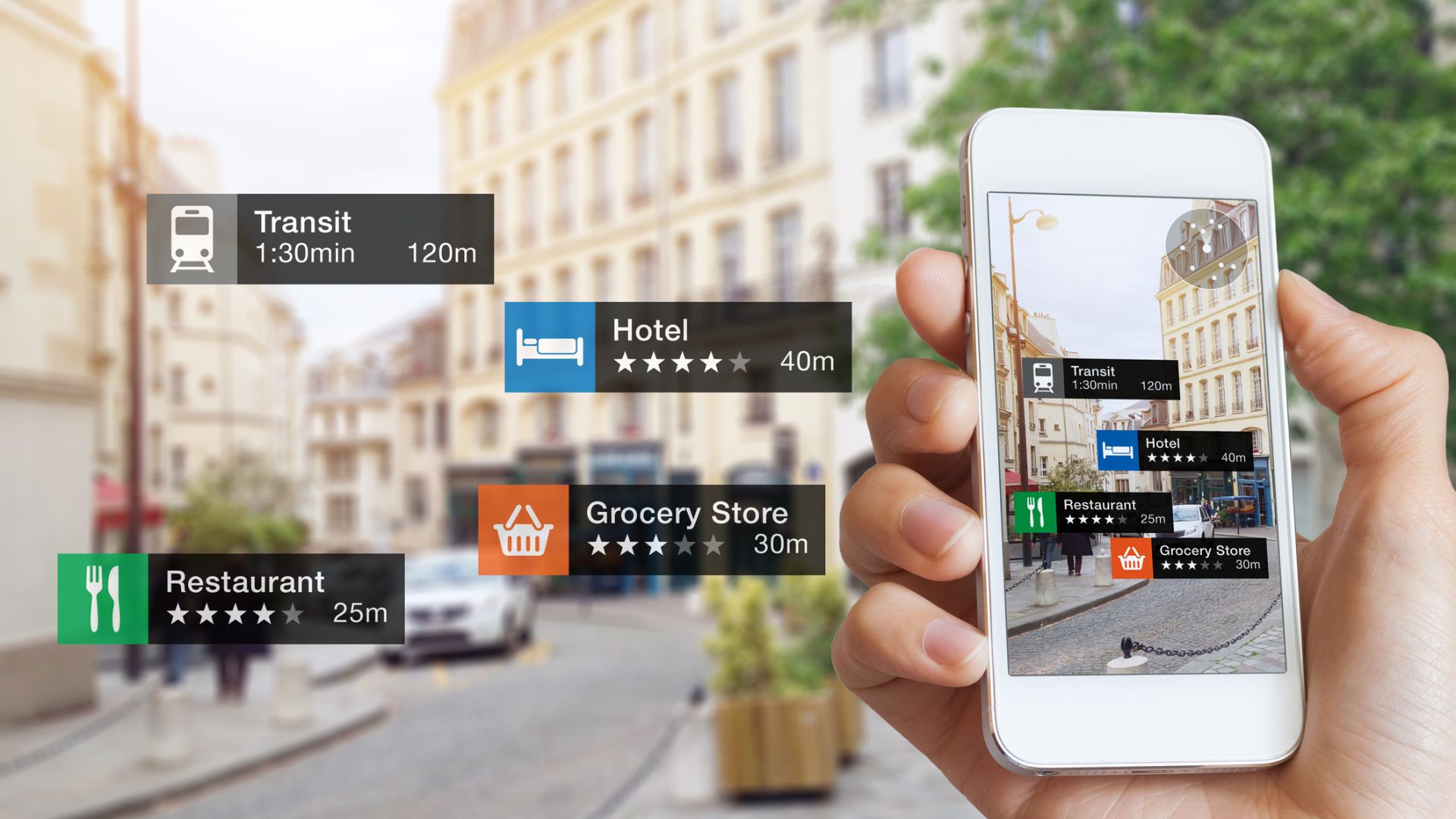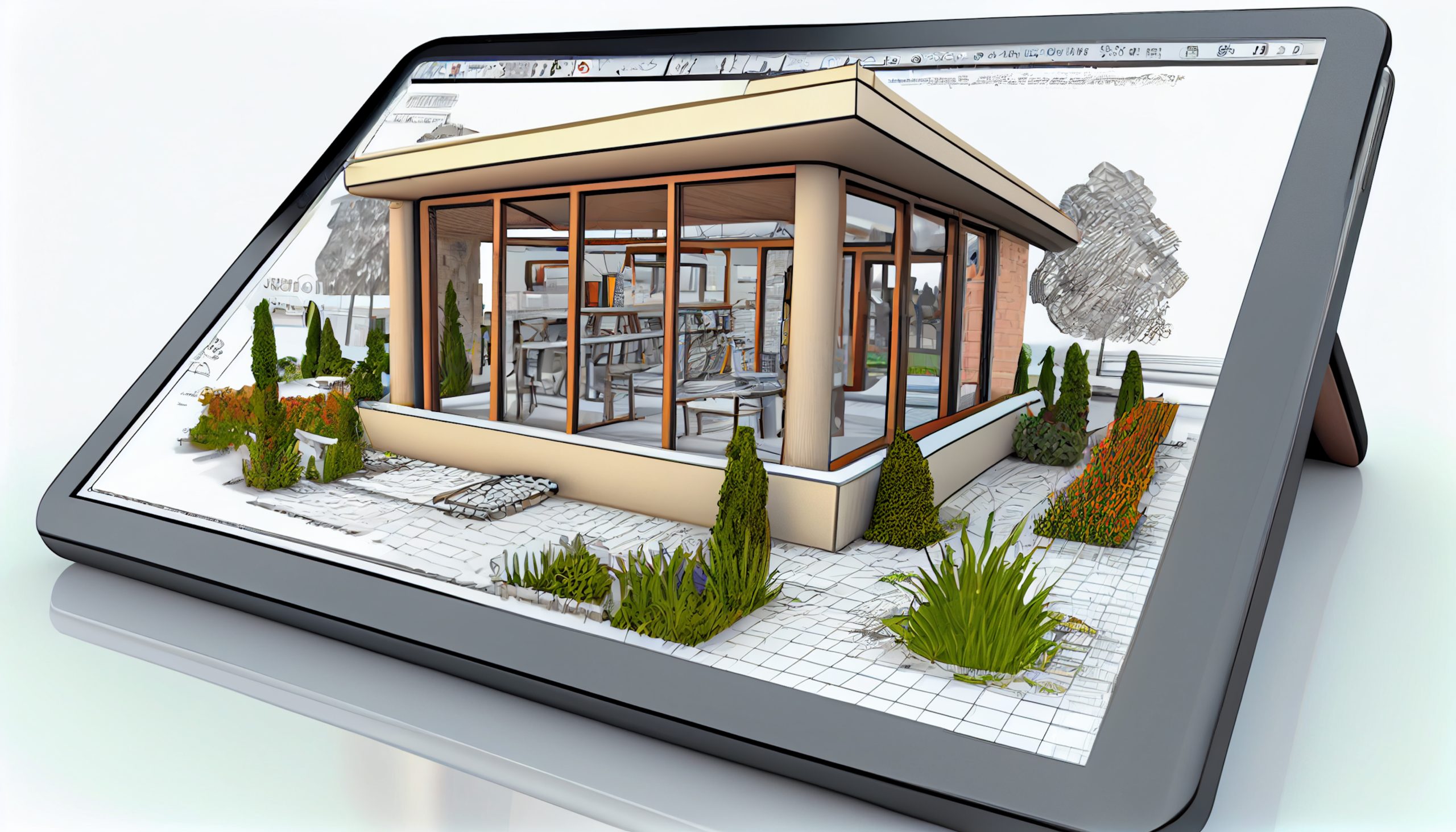
AR for Business Now and Tomorrow
We could debate on the reasons why Google Glass failed till the cows come home. There have been numerous case studies done on that mishap since then. A host of reasons were found such as poor AR marketing to battery issues, high cost, and even health and safety concerns. Regardless, the fact remains that the scope and potential for AR and AR apps was clearly visible the day Google launched their product.
Those were Jurassic Park days as far as AR technology is concerned. Augmented reality technology has come a long way, and blossomed into an amazing reality today. In 2019, Snapchat and Instagram started using augmented reality, allowing AR tech to reach a huge segment of the smartphone population. What were just possibilities before, are a reality today, whether it is AR for business or for entertainment.
AR is working for business in today’s business world
AR for business has truly arrived. Customers are able to visualize a product they want to buy without even stepping into a brick-and-mortar retail showroom. Customers now want not just the AR experience, but demand more features as well.
There is a huge surge in customer satisfaction when businesses employ AR marketing techniques. The statistics for current AR, VR, and related tech are truly mind-blowing. Though there might be businesses that are skeptical or think they cannot afford to integrate AR for business ideas, increased customer expectations are driving them to rethink. The market for virtual reality (VR), augmented reality (AR), and mixed reality (MR) should reach $30 billion towards the end of this year.
Many businesses have adopted augmented reality in 2021
More and more businesses seem to be adopting augmented reality. This is no surprise, given how customers are thrilled with their shopping experiences using AR apps. Big companies like Adidas, IKEA, Audi, Ferrari, and BMW, to name a few, have already adopted AR technology. And these are just a few of the companies using AR in a way that allows customers to “try” products without even stepping out of their homes.
It’s not just big companies that are using augmented reality. Even many smaller businesses, from backyard recreation companies to mobile app developers, are implementing AR tech. In 2021, AR made inroads into education, sports, medicine, fitness, and many other sectors. Even patio furniture makers and backyard designers are using augmented reality to enhance their customer experience.
AR apps are currently focused on directions, virtual try-on, training and information catalog enhancement and product visualization. But there’s no telling what the future holds for AR.
What does the future hold for AR for business?
Augmented reality will enhance user experience in many business sectors. Healthcare, education, automobile, factory production, social media platforms, retail shopping, military, and many other fields are going to explode. With AR advanced innovations AR is expected to take the lion’s share of the market. According to one estimate, the VR market alone is expected to be worth between $70 billion and $75 billion in 2023. The combined augmented reality, virtual reality, and mixed reality (MR) market will be worth ~$300 billion in 2024!
Augmented reality has much to offer on every level
Schools are bringing classrooms, labs, and field trips to your homes. Backyard parties are going to be totally different experiences with enhanced augmented reality and party apps
Big or small business, health care or backyard renovation, augmented reality is here to stay. If manufacturers and retailers don’t incorporate AR, they may start to lose their customer base to those who do. If businesses don’t connect with their audience through AR apps, they may not bridge the gap between display and sale. And with pandemics abound nowadays, businesses may need to hop onto the AR bandwagon if they want to retain customers and increase sales.
Talk to us today to find out more about how AR can help you attract and retain customers.


